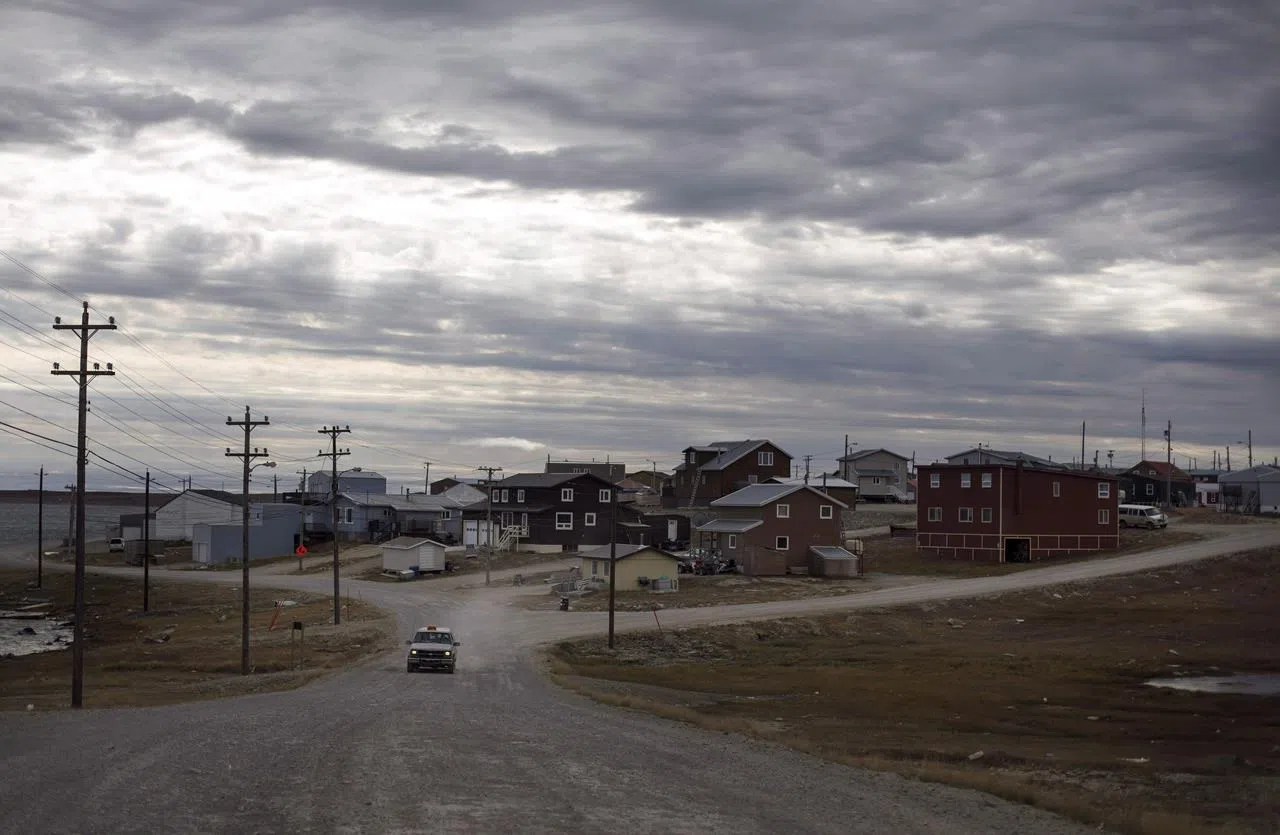
‘The trends are hopeful:’ Still high, but Nunavut suicide rate edging down
IQALUIT, Nunavut — A slight but persistent decrease in Nunavut’s tragically high suicide rate has officials hoping that programs to help those at risk are finally taking hold.
“We have a really strong partnership in Nunavut,” said Karen Kabloona, a deputy minister in the territory’s Health Department. “We have a way forward. It’s based on evidence and what Nunavummiut say needs to happen.”
Suicide among Inuit has been a long-standing and difficult problem in the Eastern Arctic that has touched nearly every family. At its worst, in 2004, the five-year average was 121 per 100,000 people — nearly 11 times the national rate.
Since then, suicide in Nunavut has been up and down. But since 2014, it’s decreased slightly every year.
